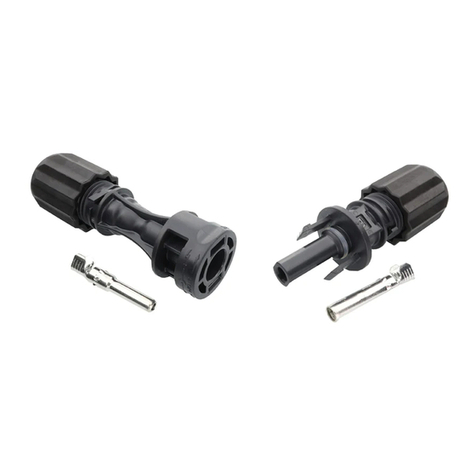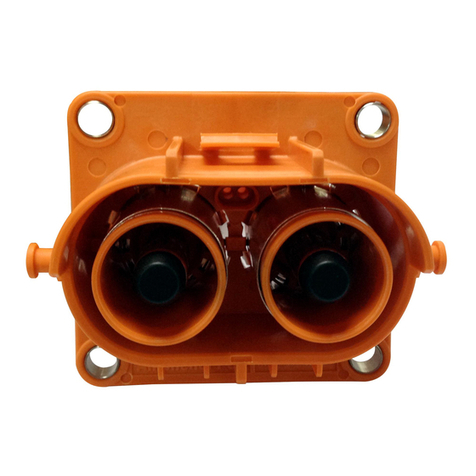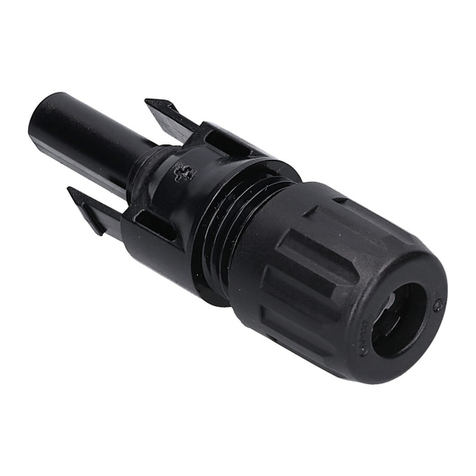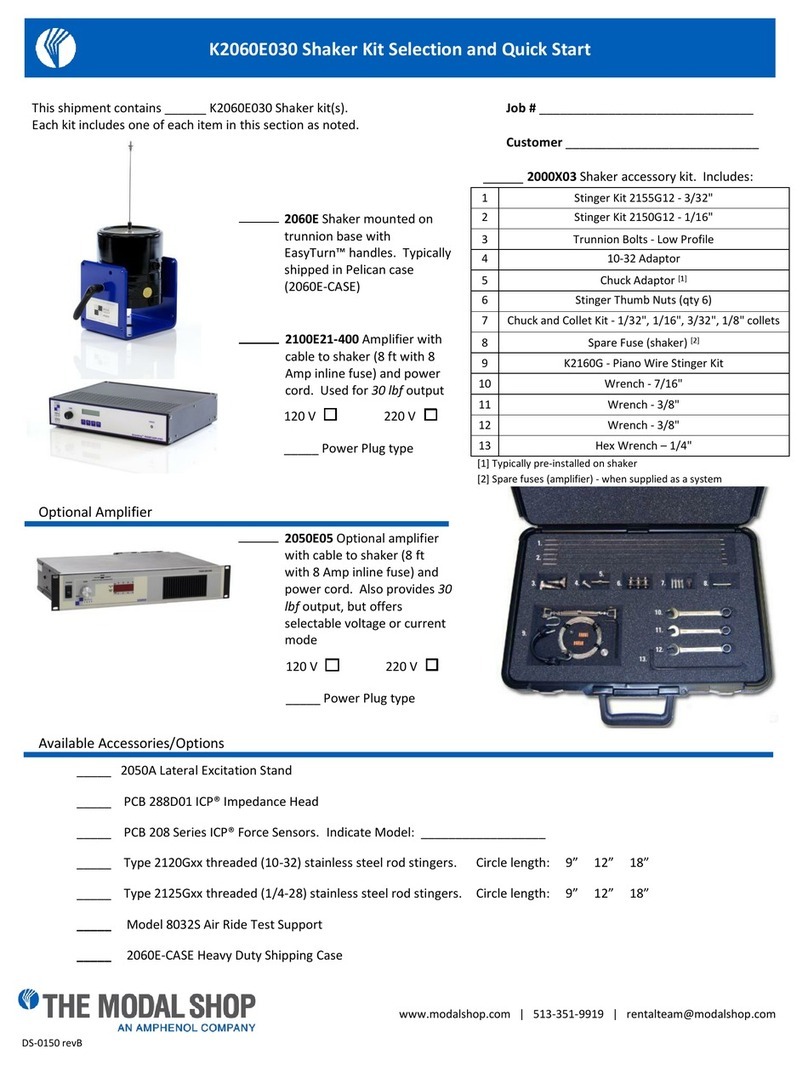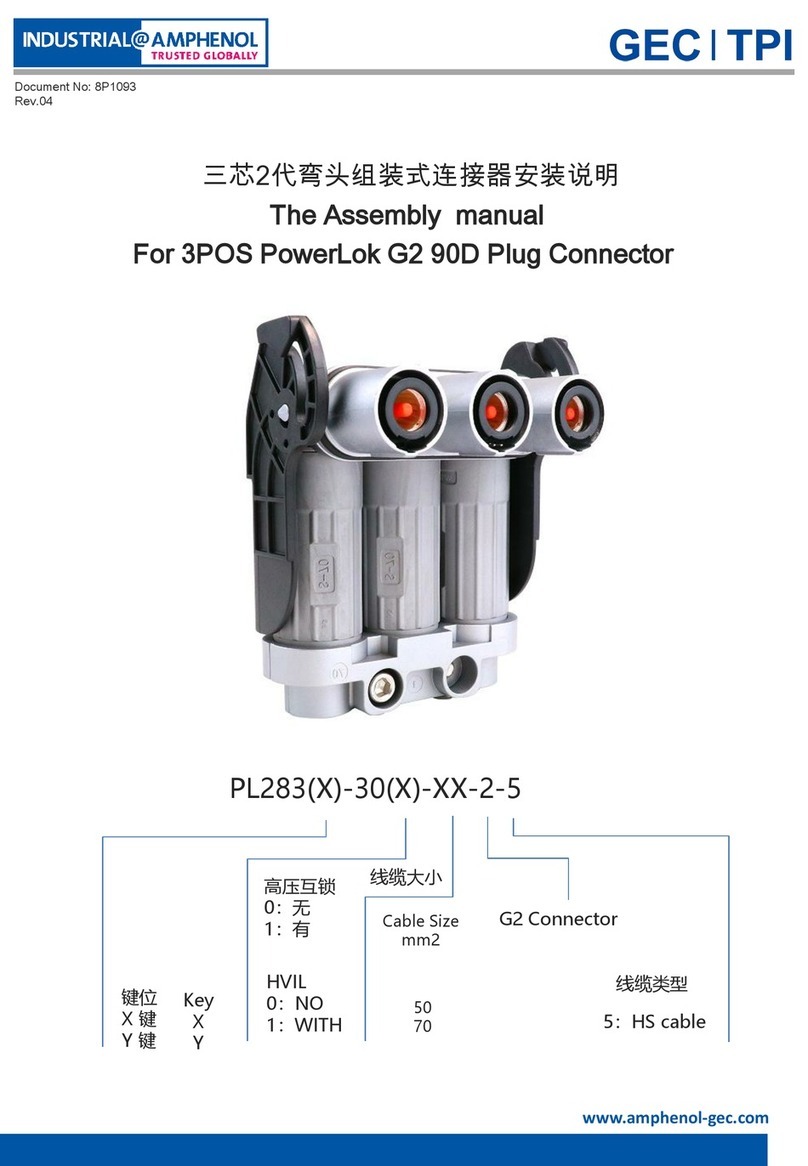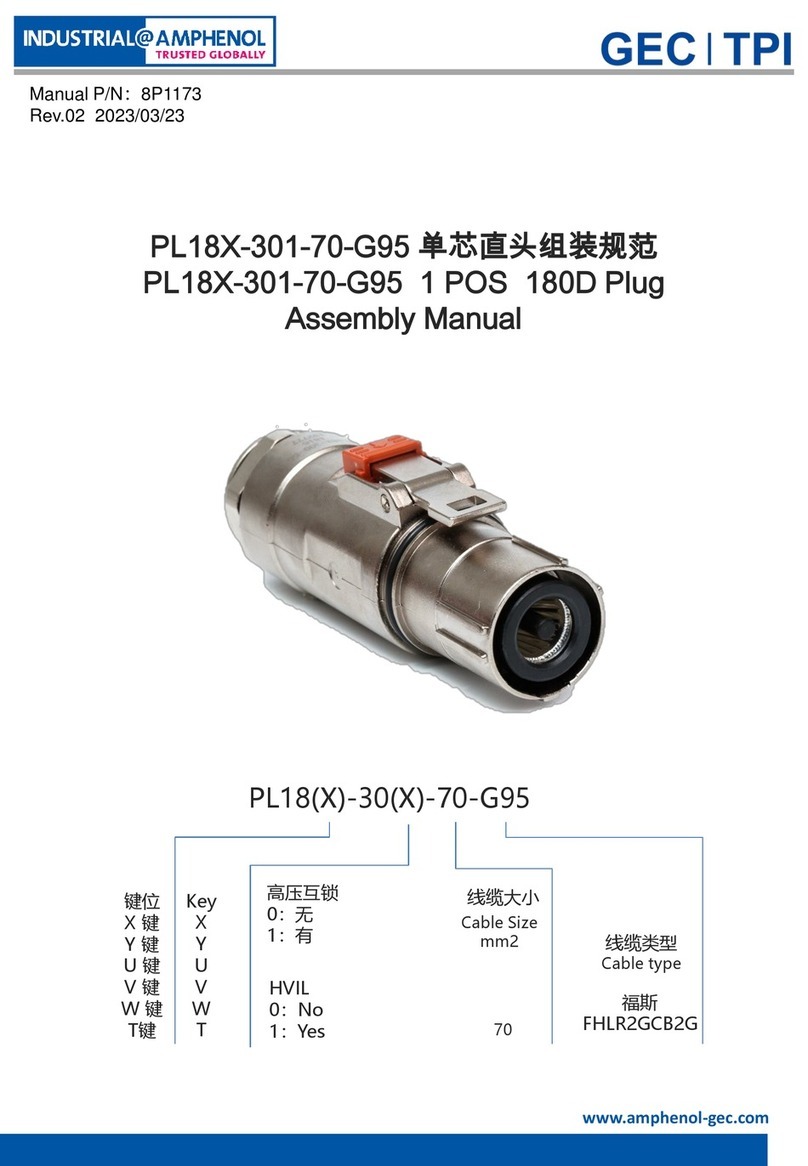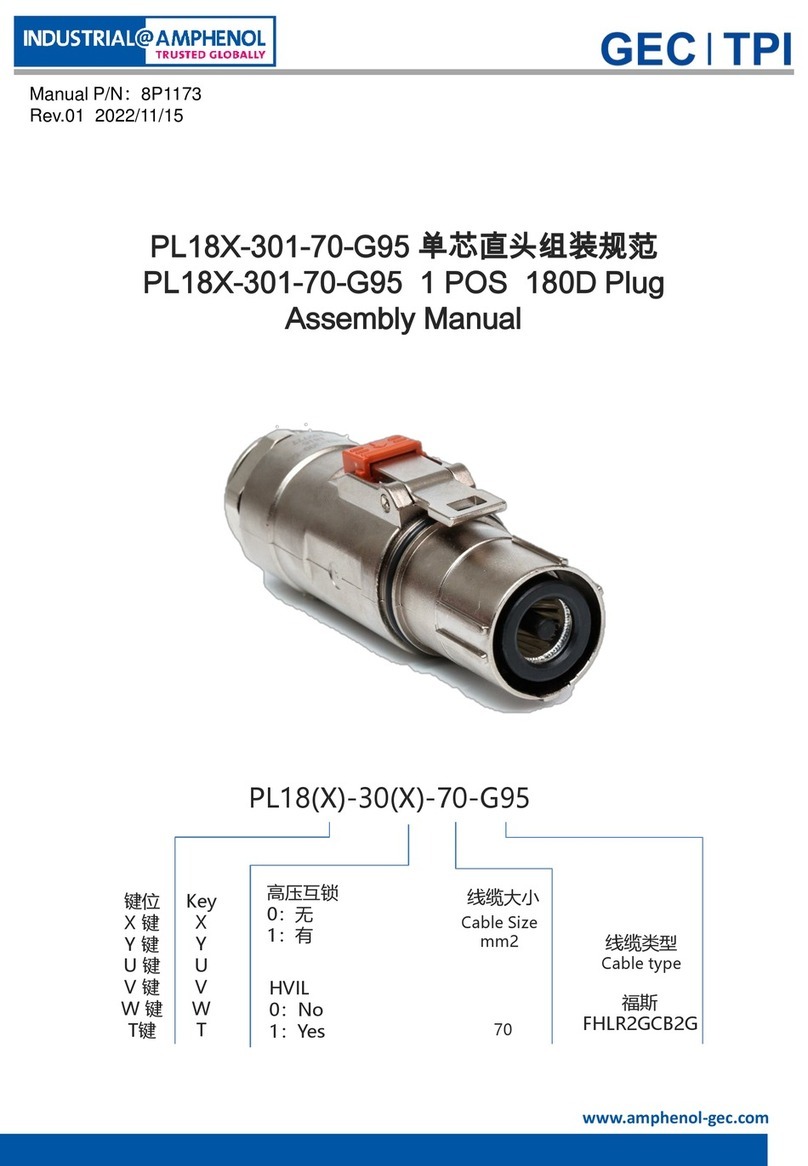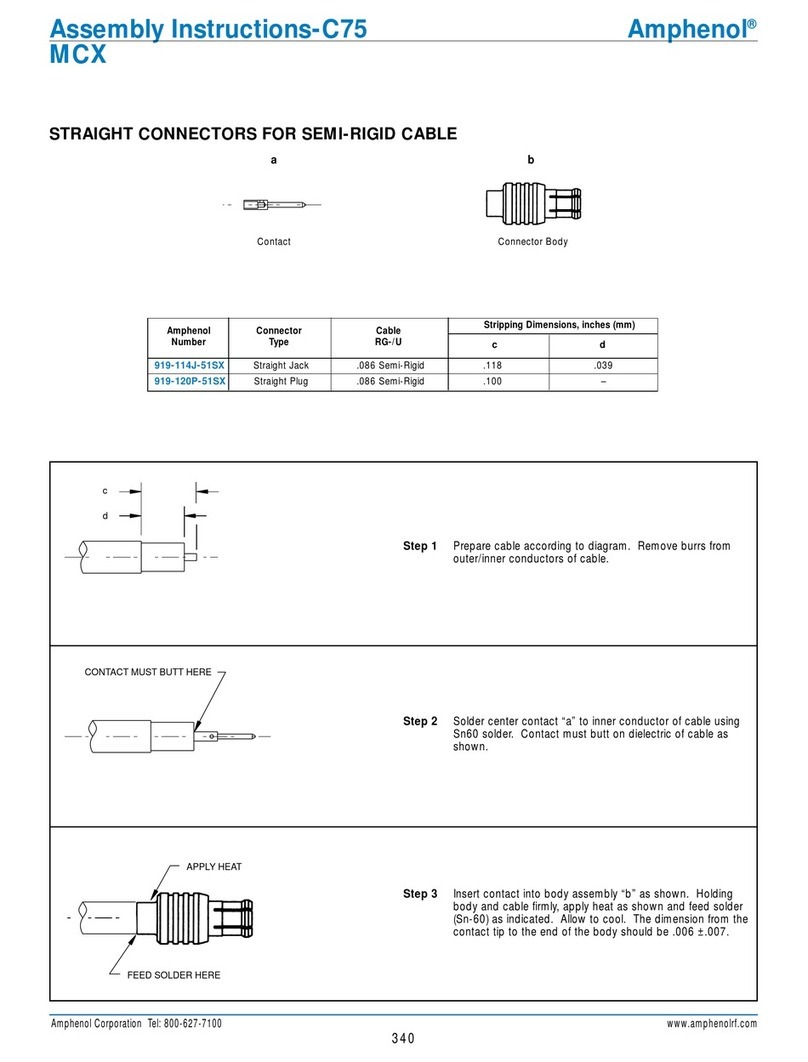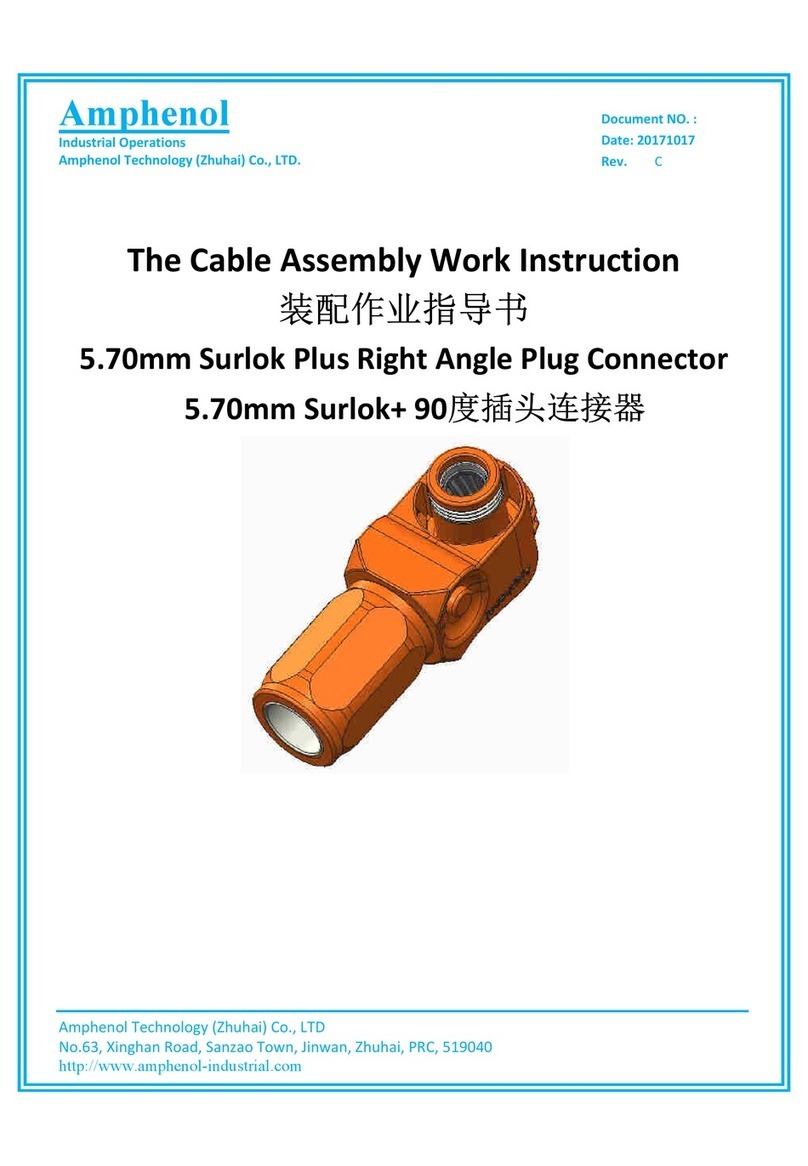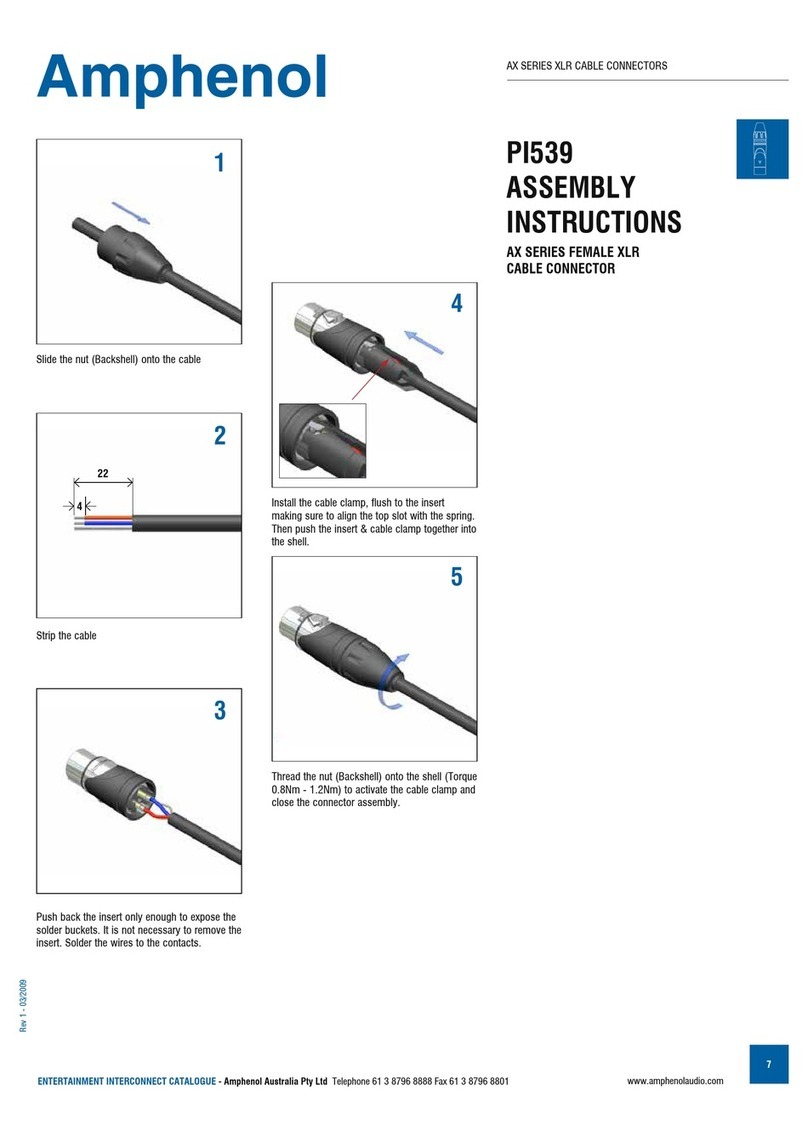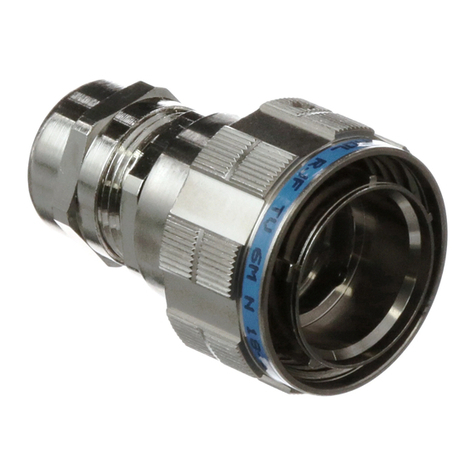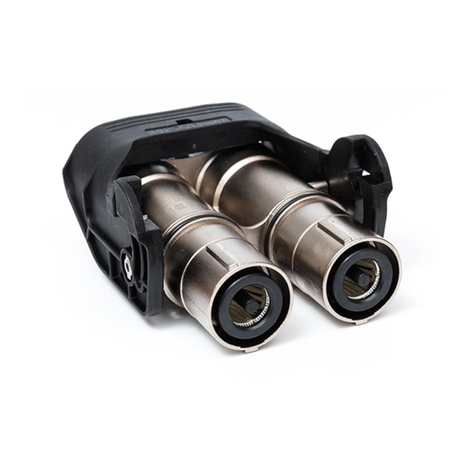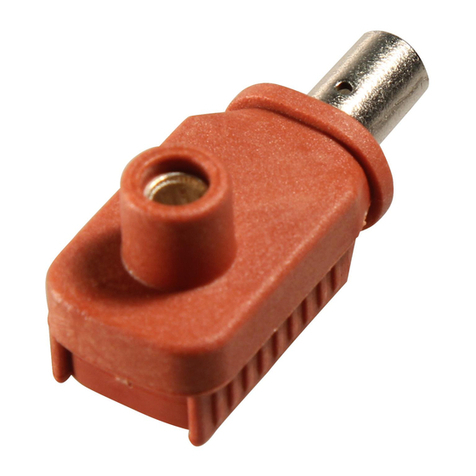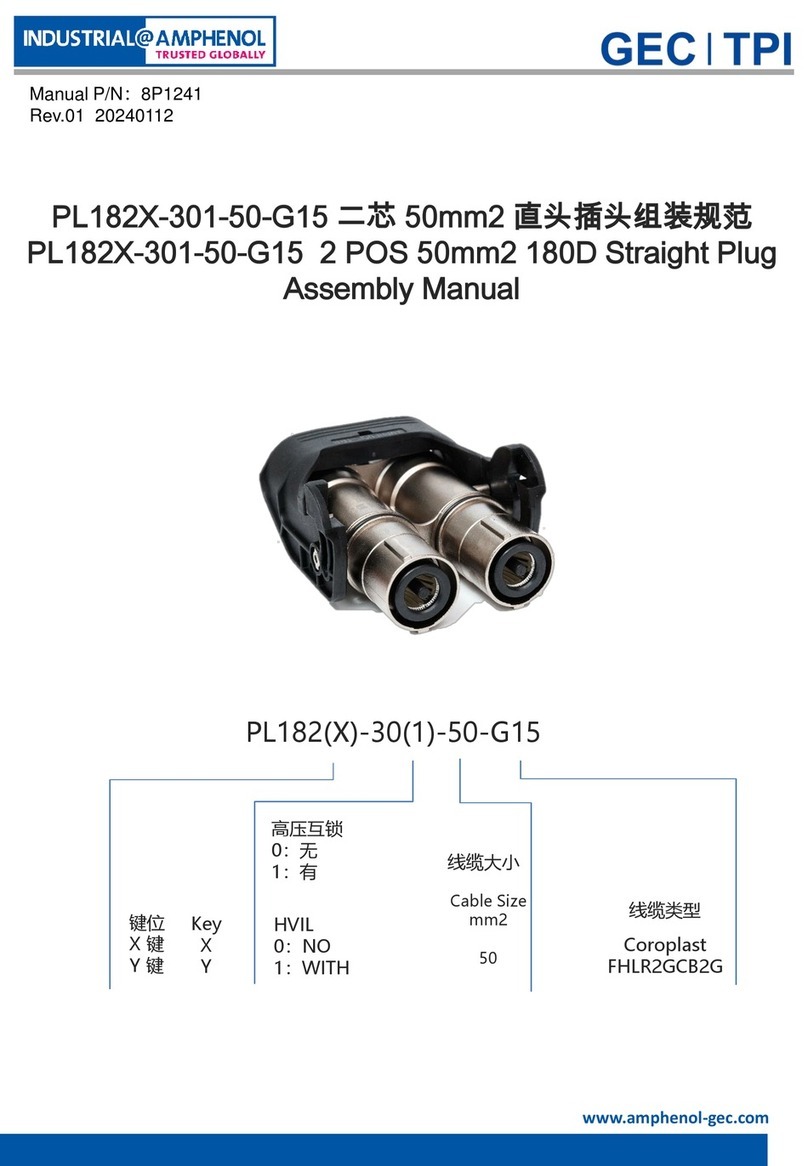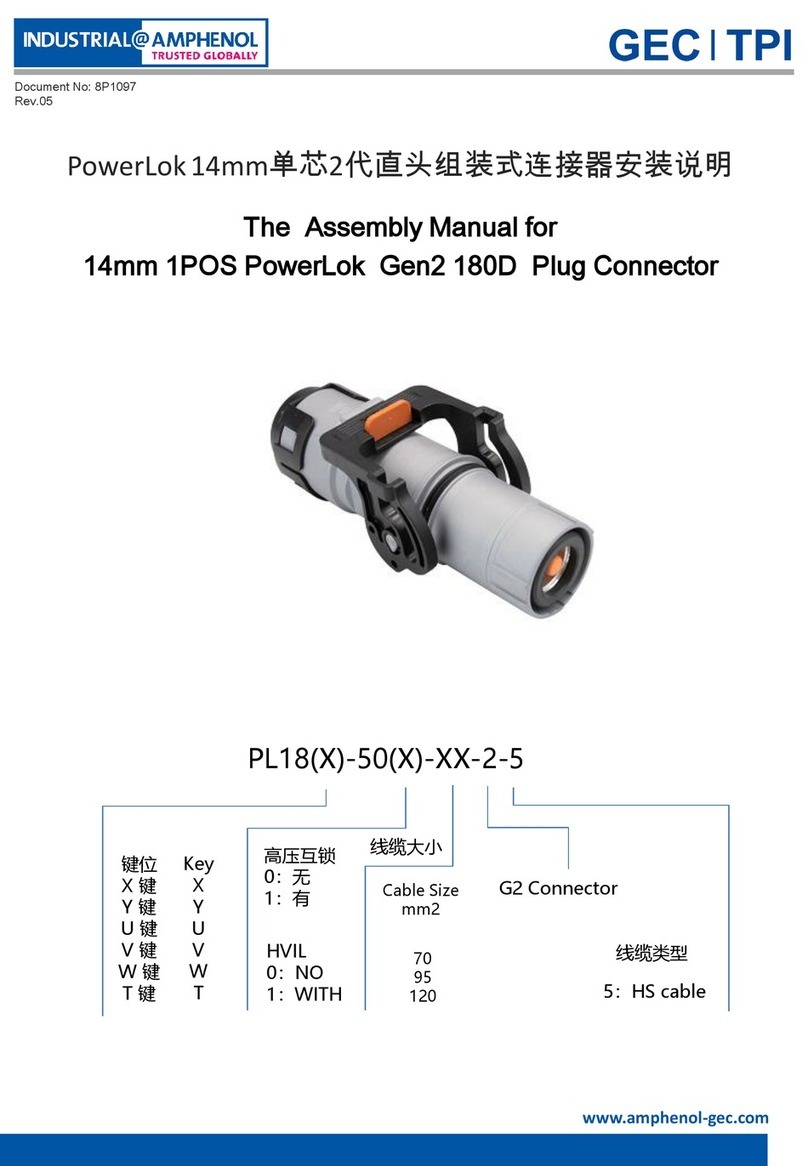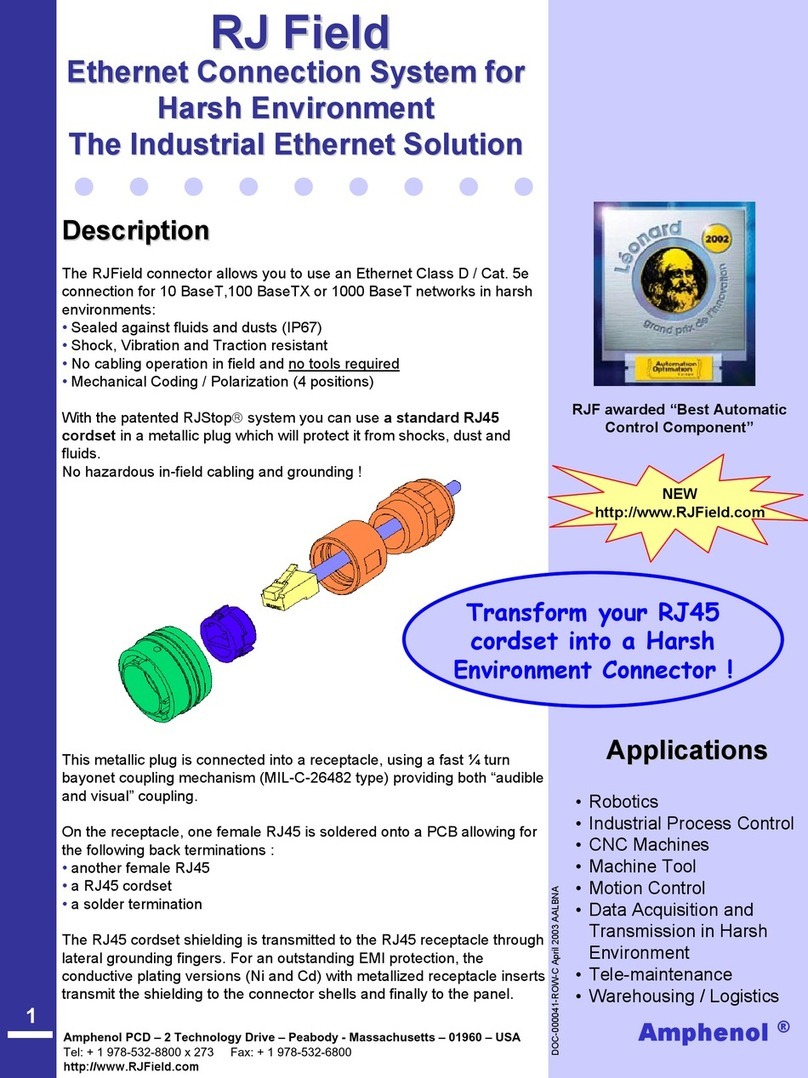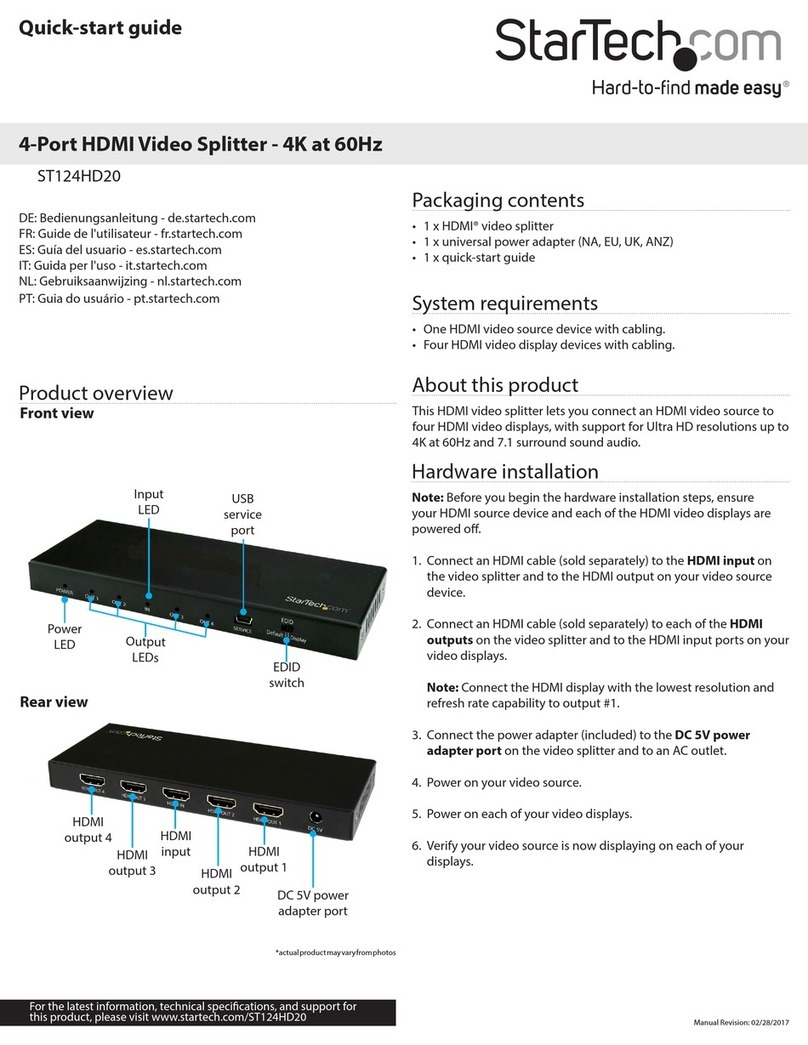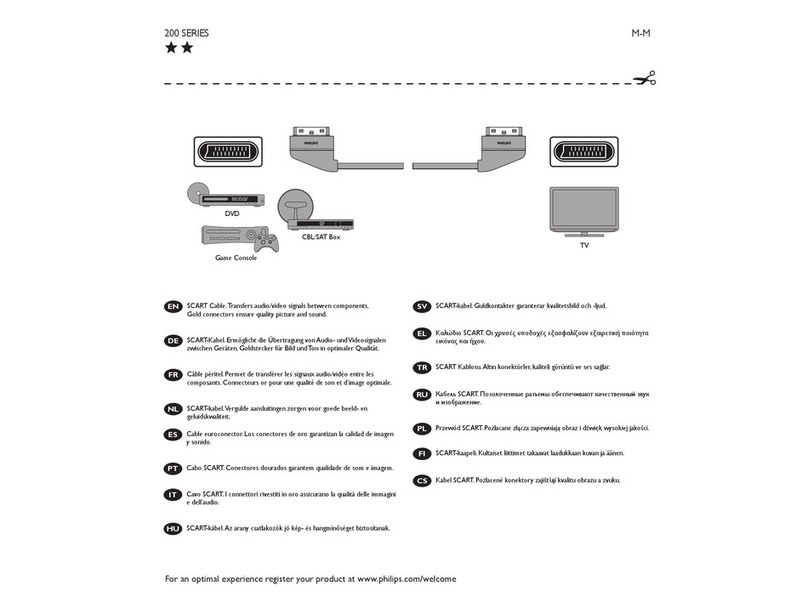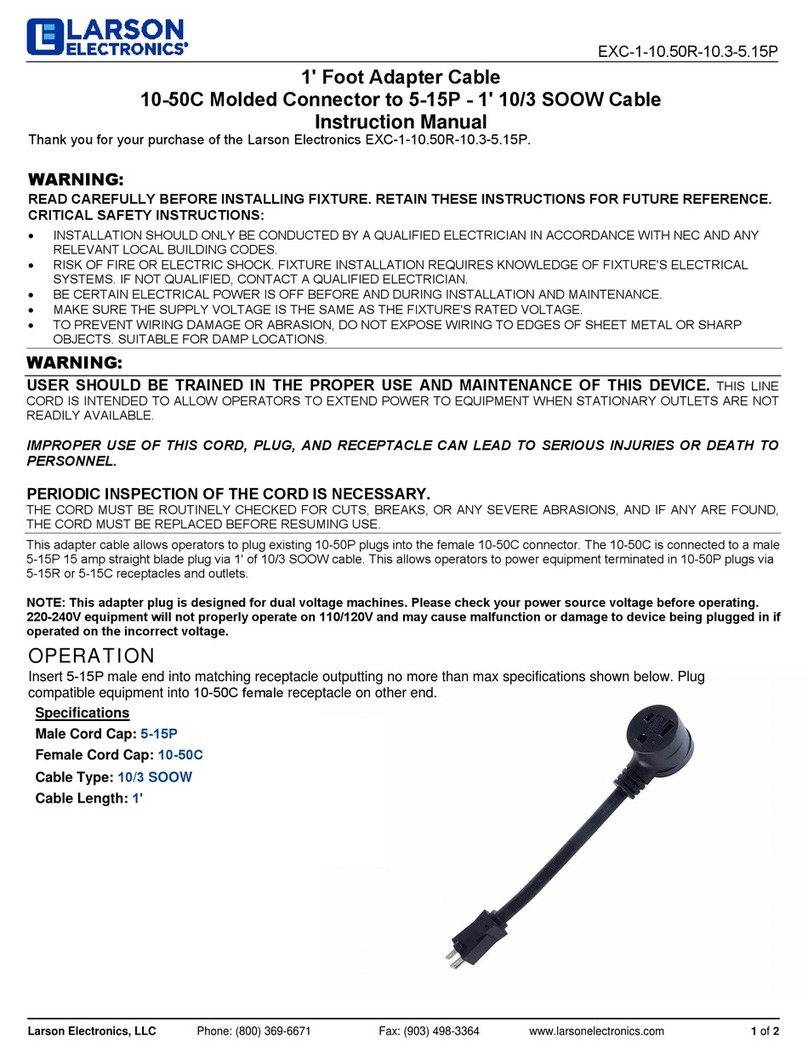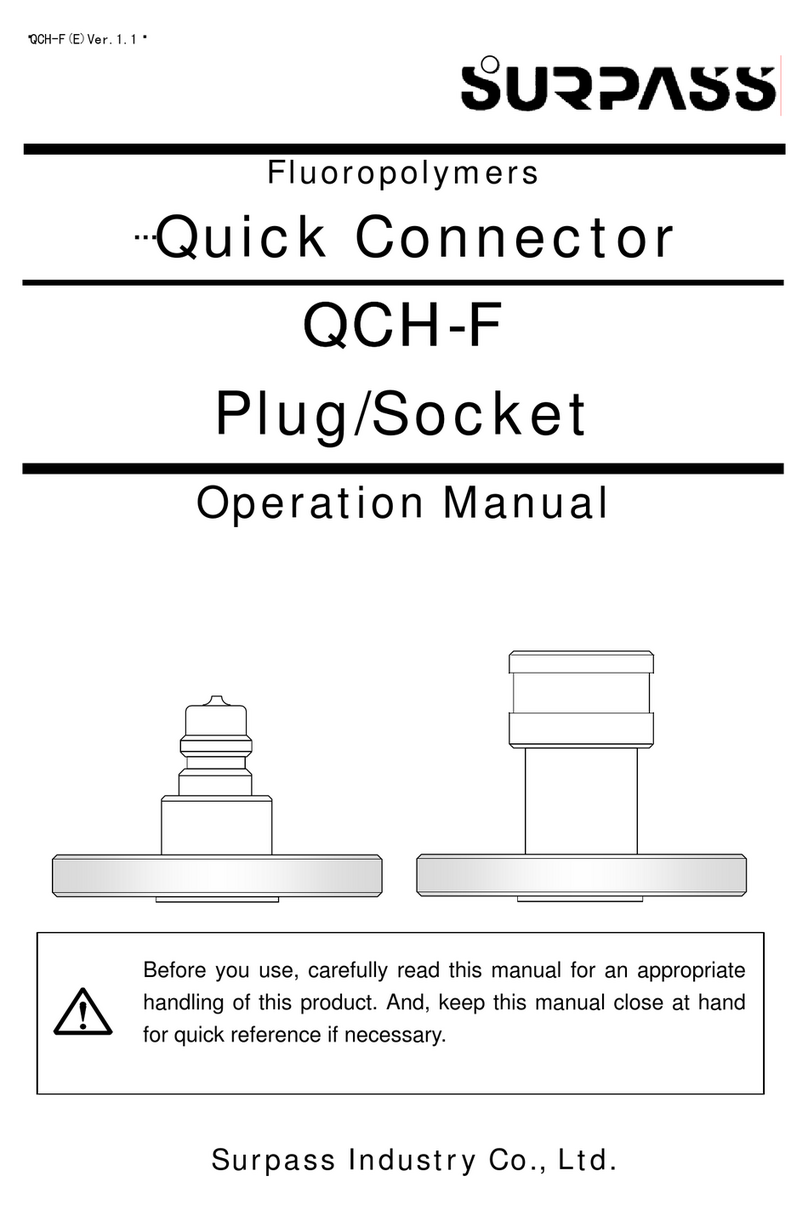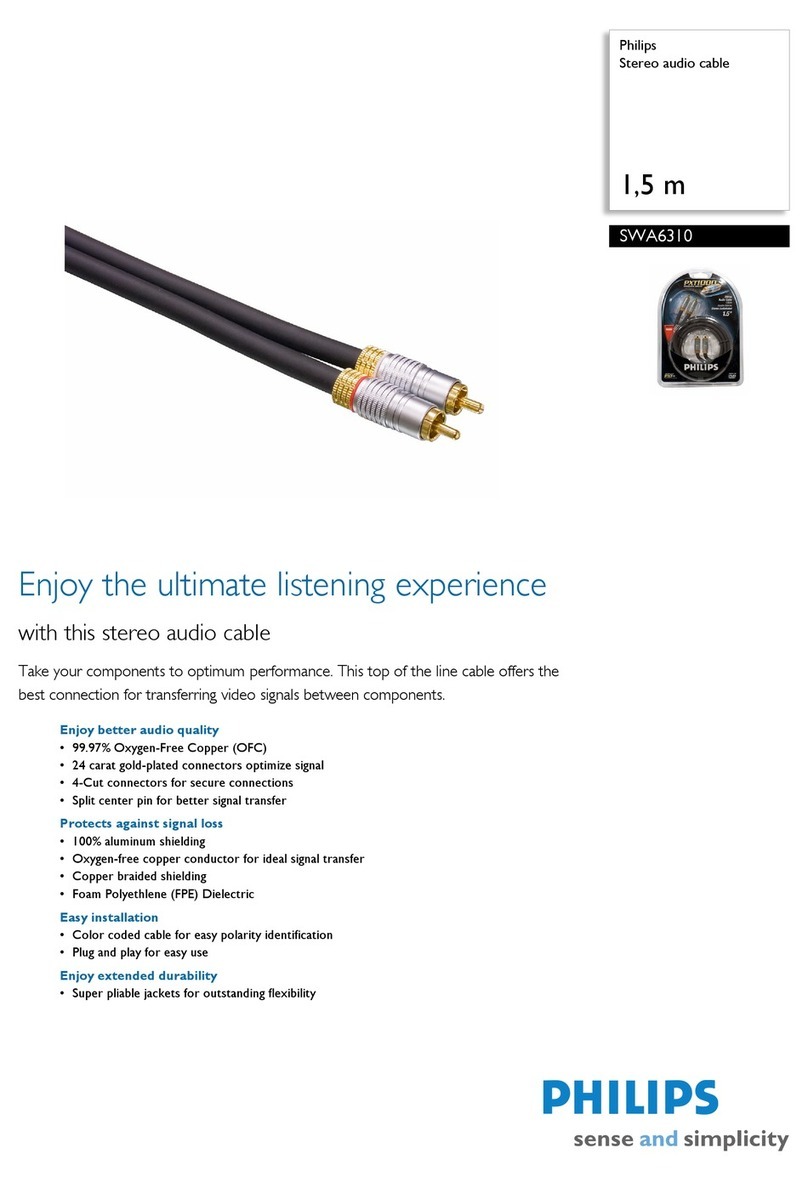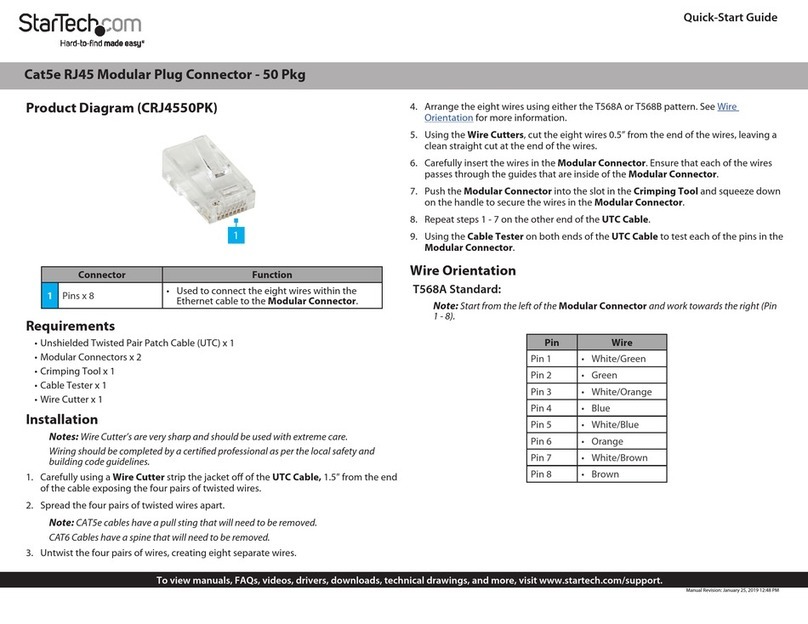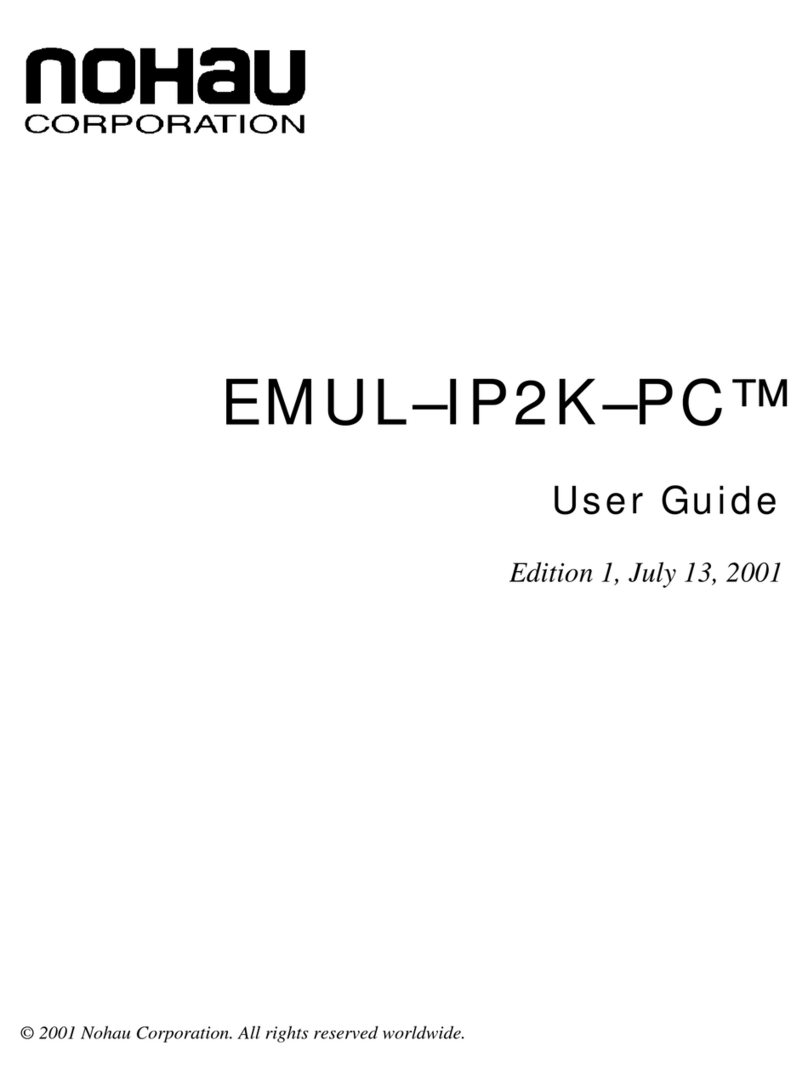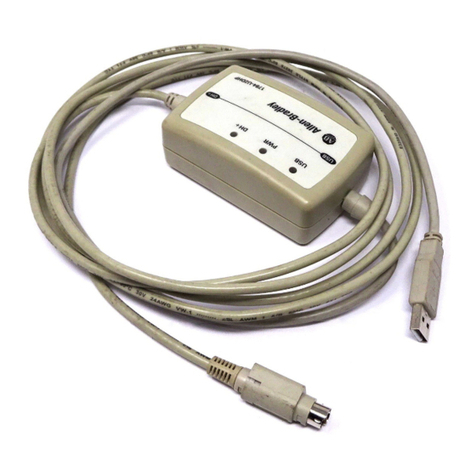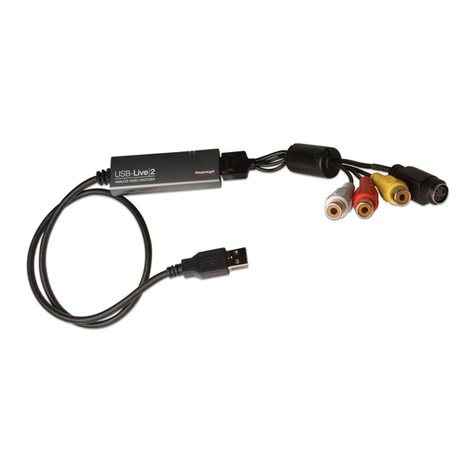
I4 I
MH-Series DT Connector System
Installation Manual
2.3 Installation, commissioning and operation
The position sensors must be used only in technically safe conditions.
To maintain this condition and to ensure safe operation, installation,
connection and service, work may be performed only by qualied
technical personnel.
If danger of injury to persons or of damage to operating equipment
is caused by sensor failure or malfunction, additional safety measures
such as plausibility checks, limit switches, EMERGENCY STOP
systems, protective devices etc. are required. In the event of trouble,
shut down the sensor and protect it against accidental operation.
Safety instructions for commissioning
To maintain the sensor’s operability, it is mandatory to follow the
instructions given below.
1. Protect the sensor against mechanical damage during installation
and operation.
2. Do not open or dismantle the sensor.
3. Connect the sensor very carefully and pay attention to the polarity of
connections and power supply.
4. Use only approved power supplies.
5. Ensure the sensor is operating within the dened limits for supply
voltage, environmental conditions, etc.
6. Check the function of the sensor regularly and provide
documentation of the checks.
7. Before applying power, ensure that nobody’s safety is jeopardized by
starting machines.
2.4 Safety instructions for use in explosion-hazardous areas
The sensor is not suitable for operation in explosion-hazardous areas.
2.5 Warranty
Temposonics grants a warranty period for the Temposonics®position
sensors and supplied accessories relating to material defects
and faults that occur despite correct use in accordance with the
intended application 2. The Temposonics obligation is limited to
repair or replacement of any defective part of the unit. No warranty
can be provided for defects that are due to improper use or above
average stress of the product, as well as for wear parts. Under no
circumstances will Temposonics accept liability in the event of offense
against the warranty rules, no matter if these have been assured or
expected, even in case of fault or negligence of the company.
Temposonics explicitly excludes any further warranties. Neither
the company’s representatives, agents, dealers nor employees are
authorized to increase or change the scope of warranty.
2.6 Return
For diagnostic purposes, the sensor can be returned to Temposonics
or a repair facility explicitly authorized by Temposonics. Any shipment
cost is the responsibility of the sender1.
1/ See also applicable Temposonics terms of sales and delivery on:
www.temposonics.com
NOTICE
When returning sensors, place protective caps on male and female
connectors of the sensor. For pigtail cables, place the cable ends in
a static shielding bag for electrostatic discharge (ESD) protection.
Fill the outer packaging around the sensor completely to prevent
damage during transport.

